Titanic museum forced to close after Storm Kathleen damages roof
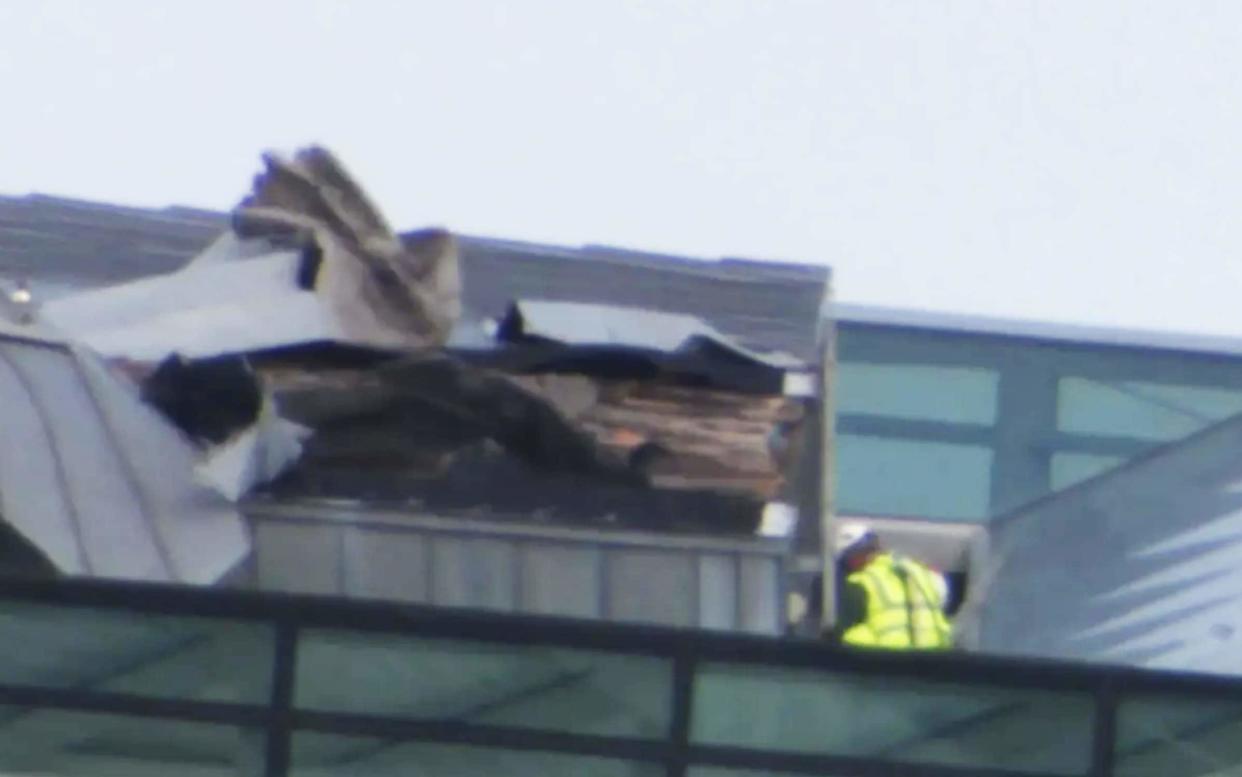
The Titanic museum has been forced to close after high winds from Storm Kathleen damaged its roof.
Titanic Belfast said in a statement on Sunday that due to damage to the museum’s roof over the weekend, it has taken the precautionary measure to close until Tuesday.
The ongoing heavy rain and strong winds have meant there is limited access to the roof to assess the storm damage and for repair work to be carried out.
In January the museum had to close its doors to visitors for more than a week after Storm Isha wreaked havoc on the roof.
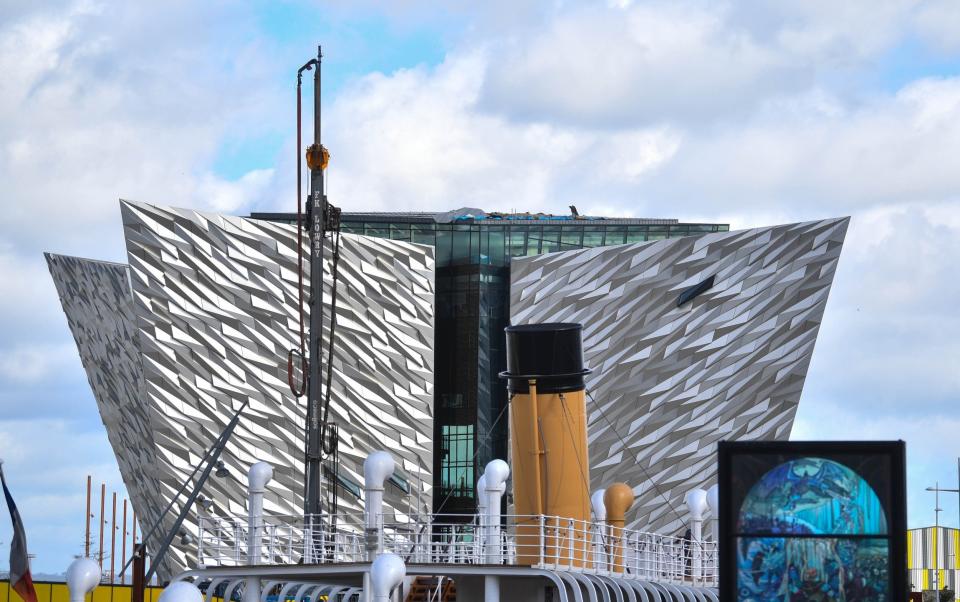

The striking six-storey visitor attraction, which opened in 2012, is located on the spot where the Titanic was designed, built and launched before it hit an iceberg in the Atlantic on April 15 1912, leading to 1,517 deaths.
Footage from BBC NI on Saturday showed part of the roof structure peeling back as it was struck by gusts of wind.
In a statement Titanic Belfast said: “The safety of the public and its staff are Titanic Belfast’s priority and as such access to the building and surrounding plaza are closed and customers are being asked not to come to the site.
“All prebooked customers and clients affected by the closure will be notified and refunded.
“Once again, we apologise for the inconvenience caused.”
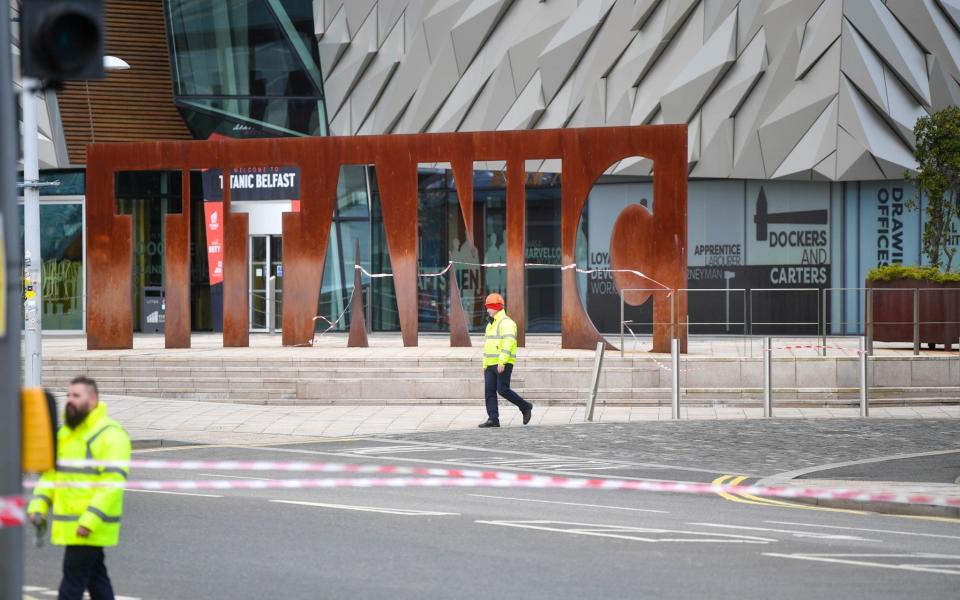
Storm Kathleen has been causing issues across the UK and Ireland. Some 34,000 homes and businesses were left without power in Ireland on Saturday as the storm raged, later decreasing to 12,000 homes.
Travellers have also been left stranded as 140 flights from UK airports were cancelled, ferry services between Northern Ireland and Scotland disrupted and train services in Scotland operated on a slower schedule.
The Met Office has issued a new yellow wind warning that came into force on Sunday morning, affecting parts of Scotland including the east and northern Highlands, the Isle of Skye and the Hebrides.
Winds as high as 73 miles per hour have been recorded in South Lanarkshire.
The Met Office has warned of potential damage to buildings, power cuts, poor mobile phone coverage and danger to life because of large waves and debris from beaches being thrown on to seafronts.
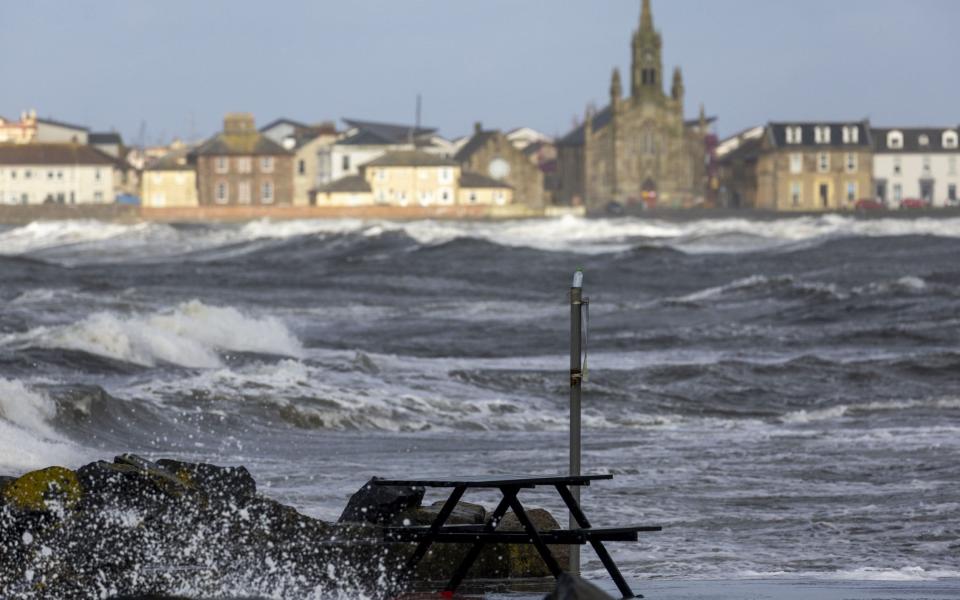
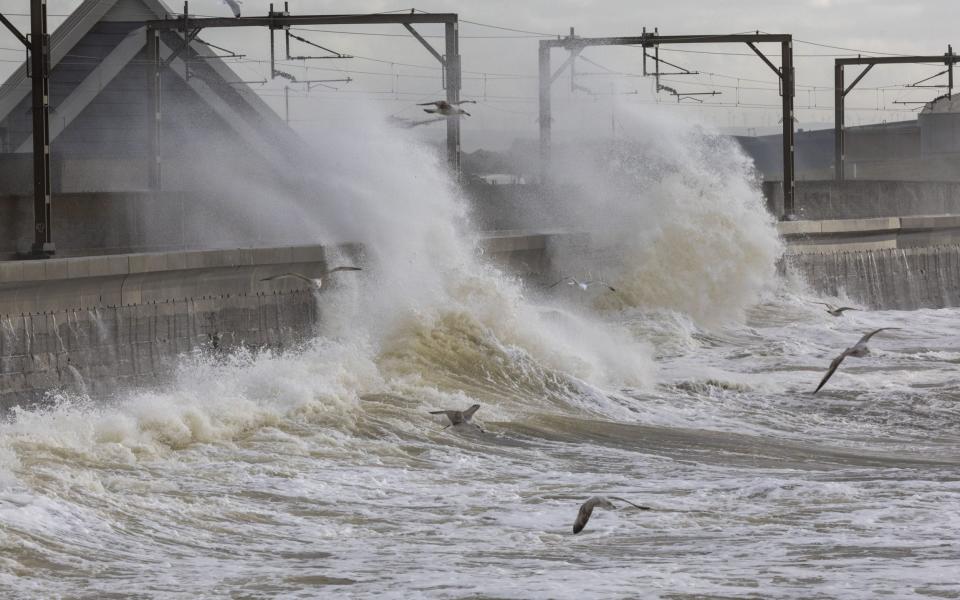
Vincent Fitzsimons, the flood duty manager at the Scottish Environment Protection Agency, said: “Across the weekend, Scotland is braced for impacts from Storm Kathleen including very high winds and coastal flooding in western areas.
“Impacts start in the Solway coast and Firth of Clyde on Saturday and then move around the coast to the eastern side of the country over the next few days.
“Of particular concern is the likely impact to communities in the Western Isles and Orkney late Saturday and across Sunday.
“On top of already high tides, Kathleen will bring a storm surge and large waves. This combination is particularly dangerous, especially around high tides.
“There is real danger to life from wave overtopping, particularly around causeways, coastal roads and paths.
“Disruption to travel and infrastructure is possible, as is isolated flooding to coastal properties and communities.
“While the risk is greatest around high tide times, our message is clear: take extra care if you are near the coast at any point and stay well clear of waves and water.
“Be careful when travelling around exposed coastal areas and don’t walk or drive through flood water as there may be hidden hazards.”

